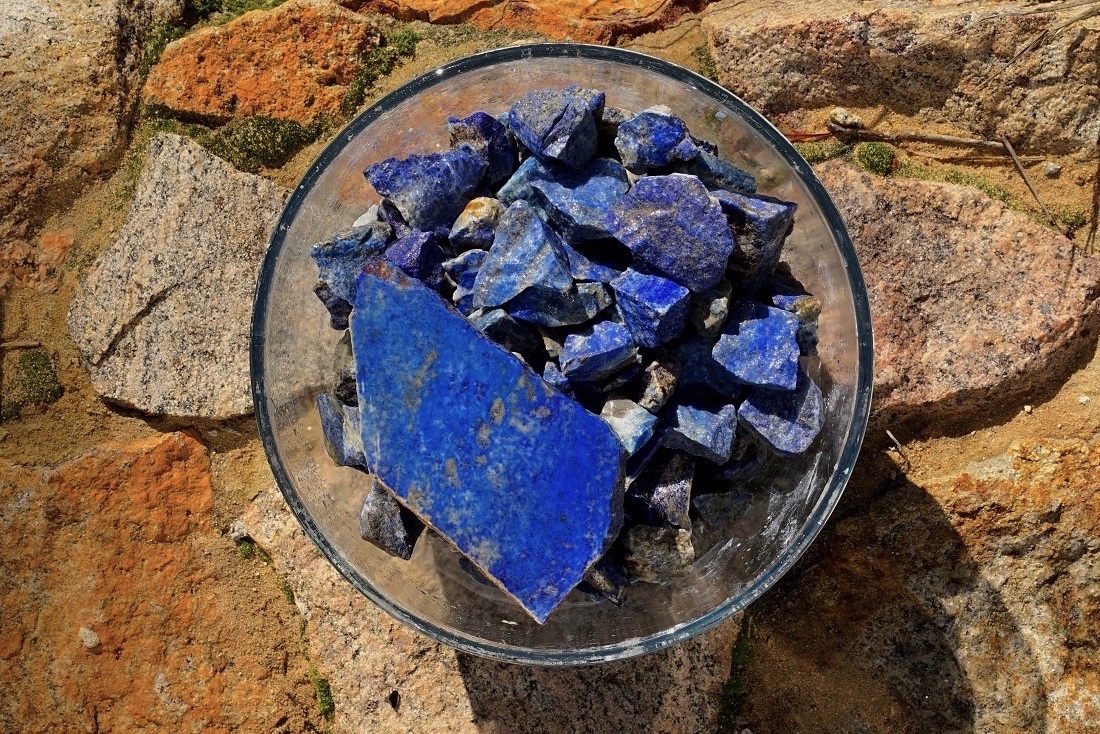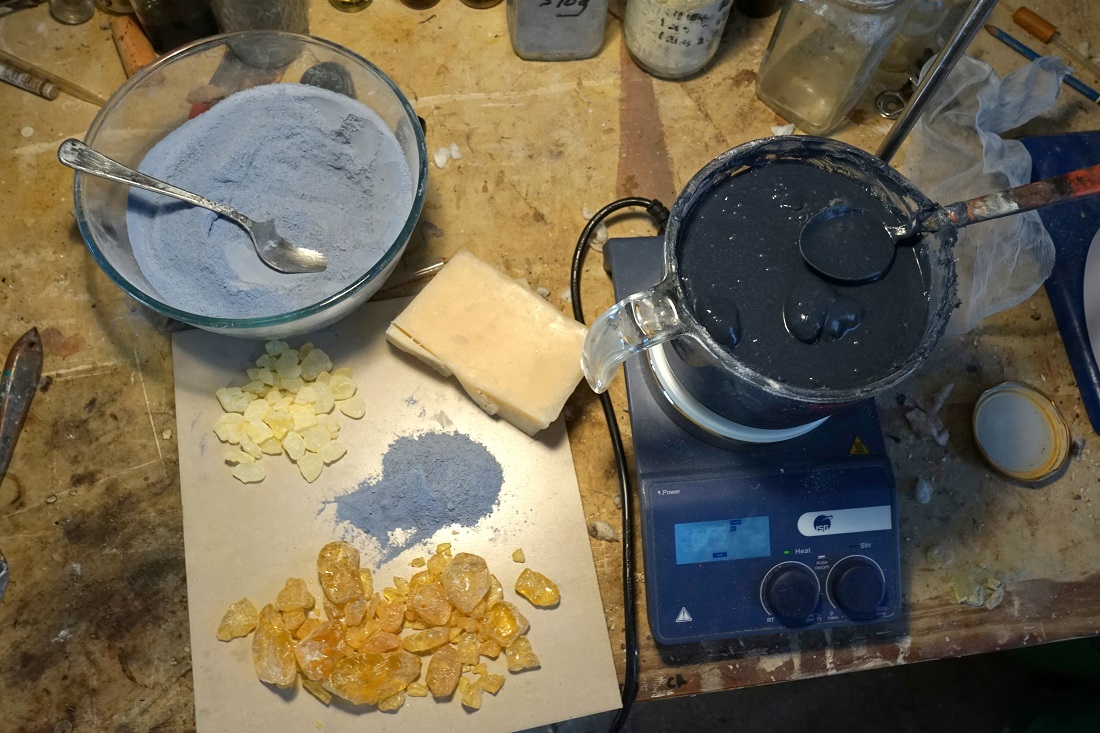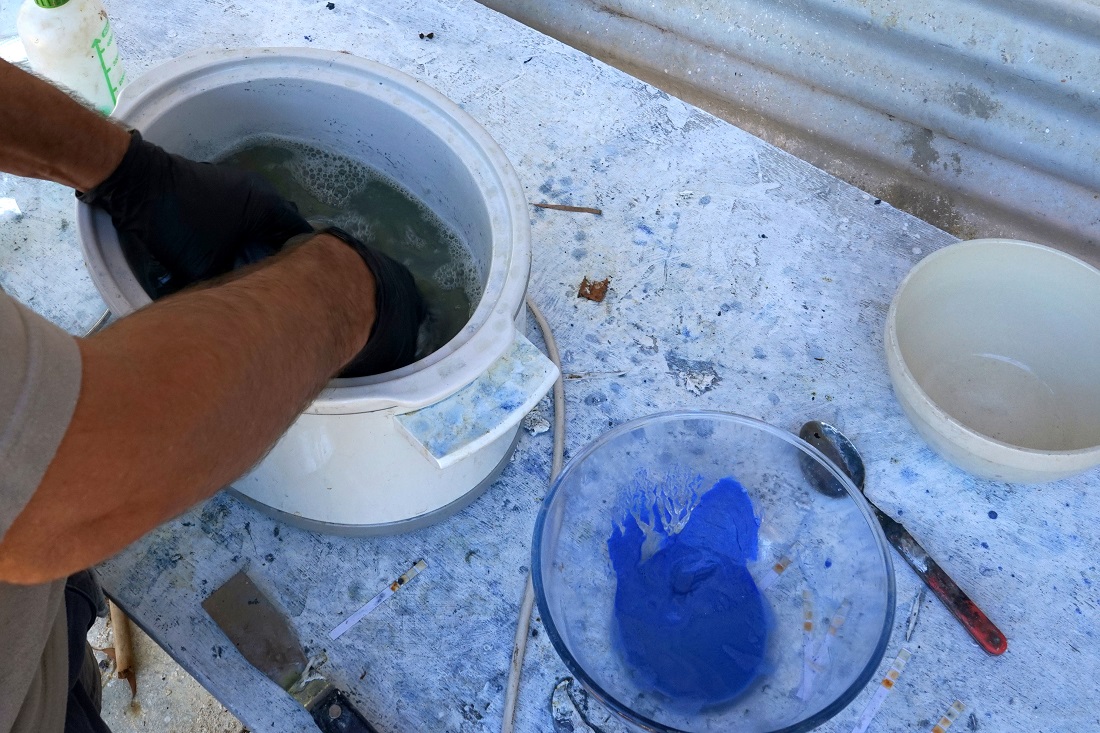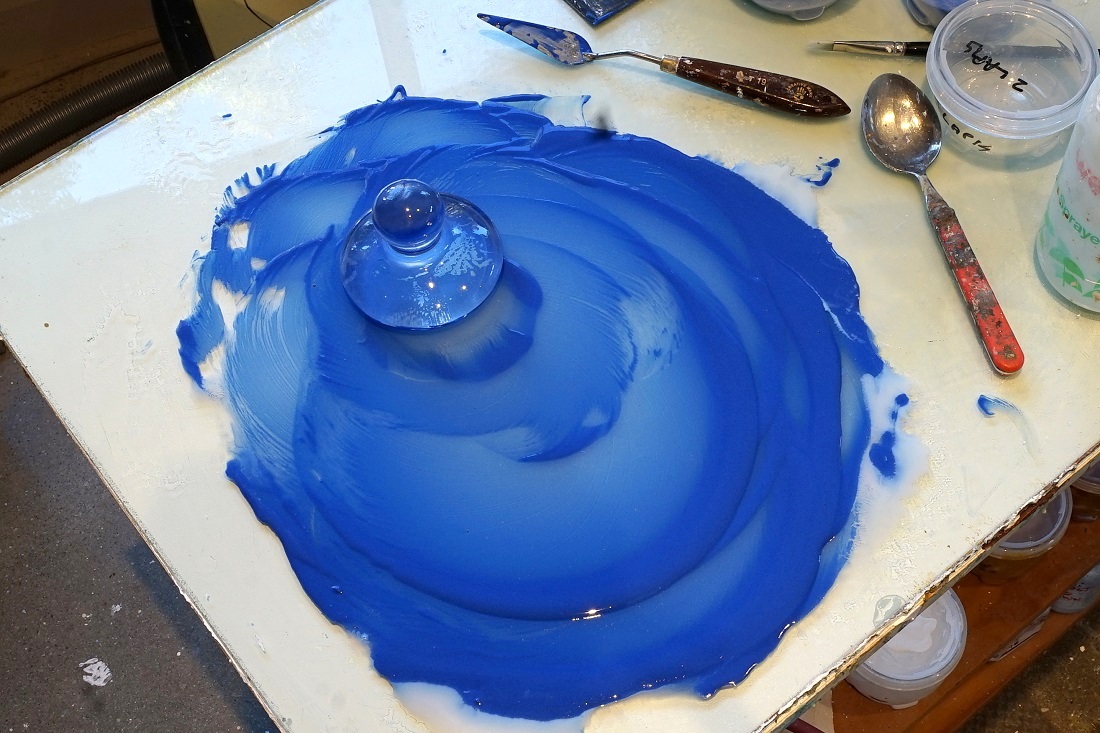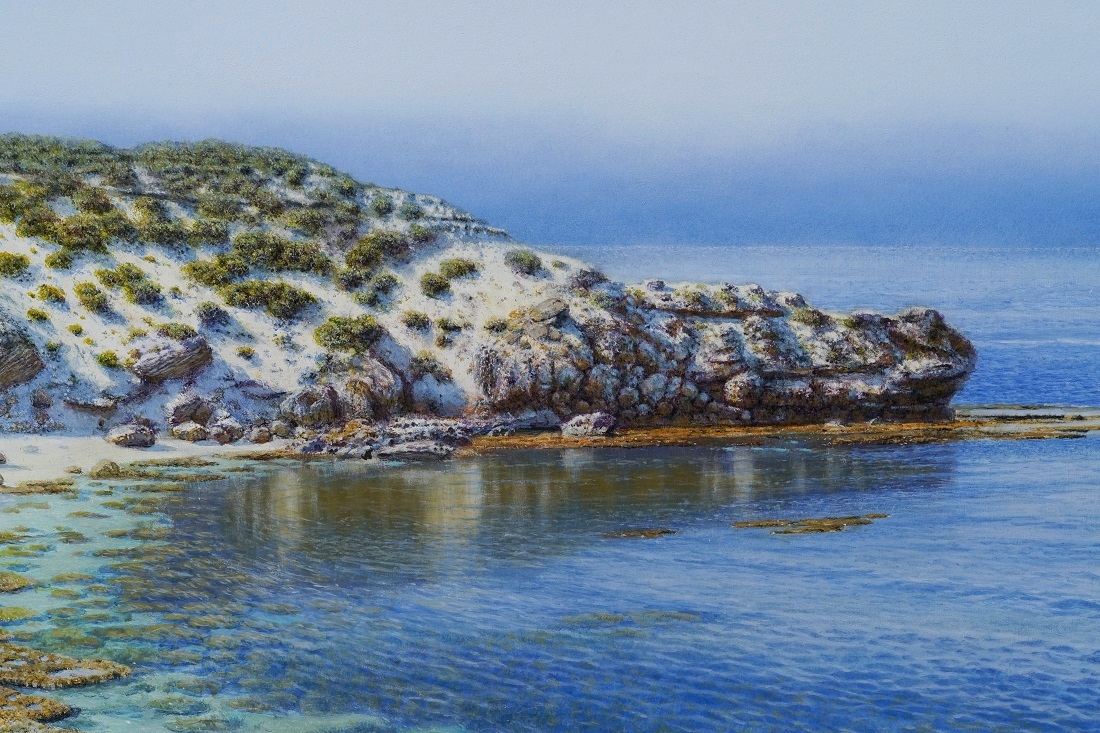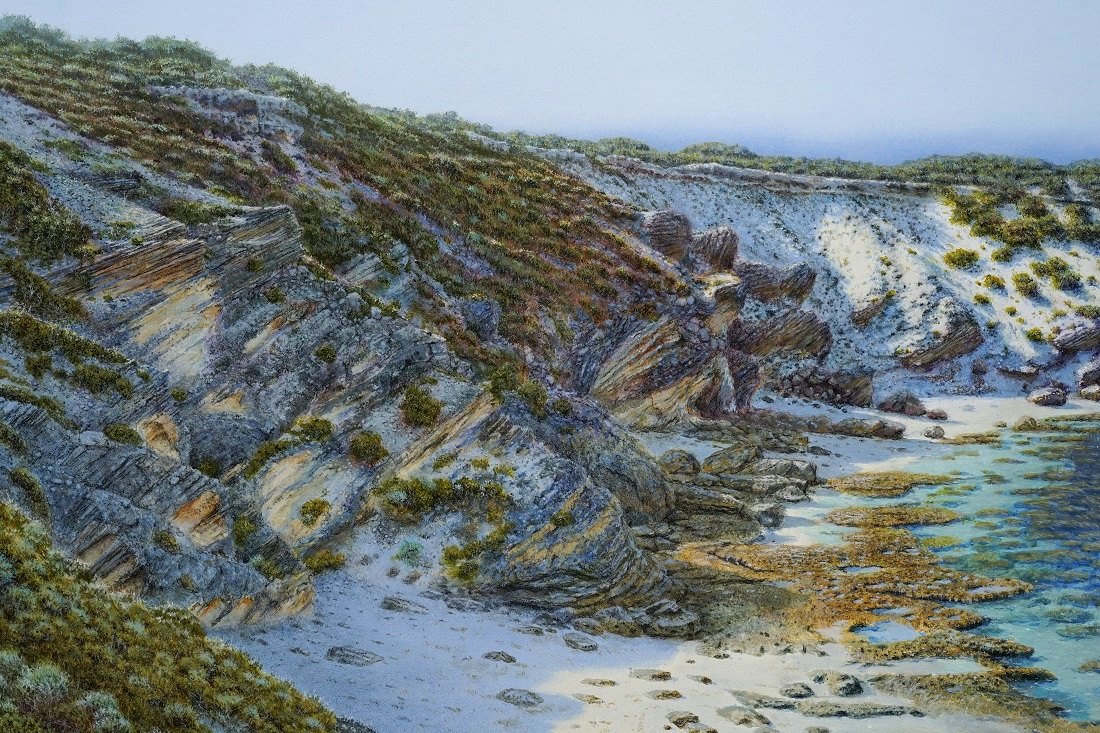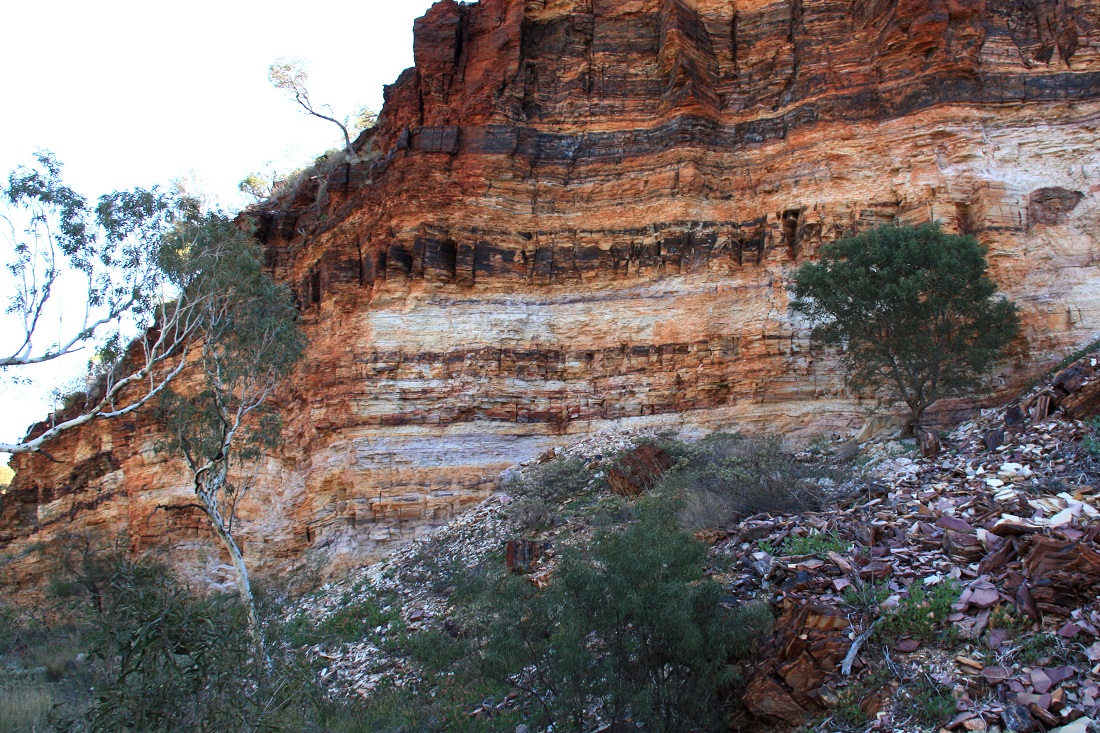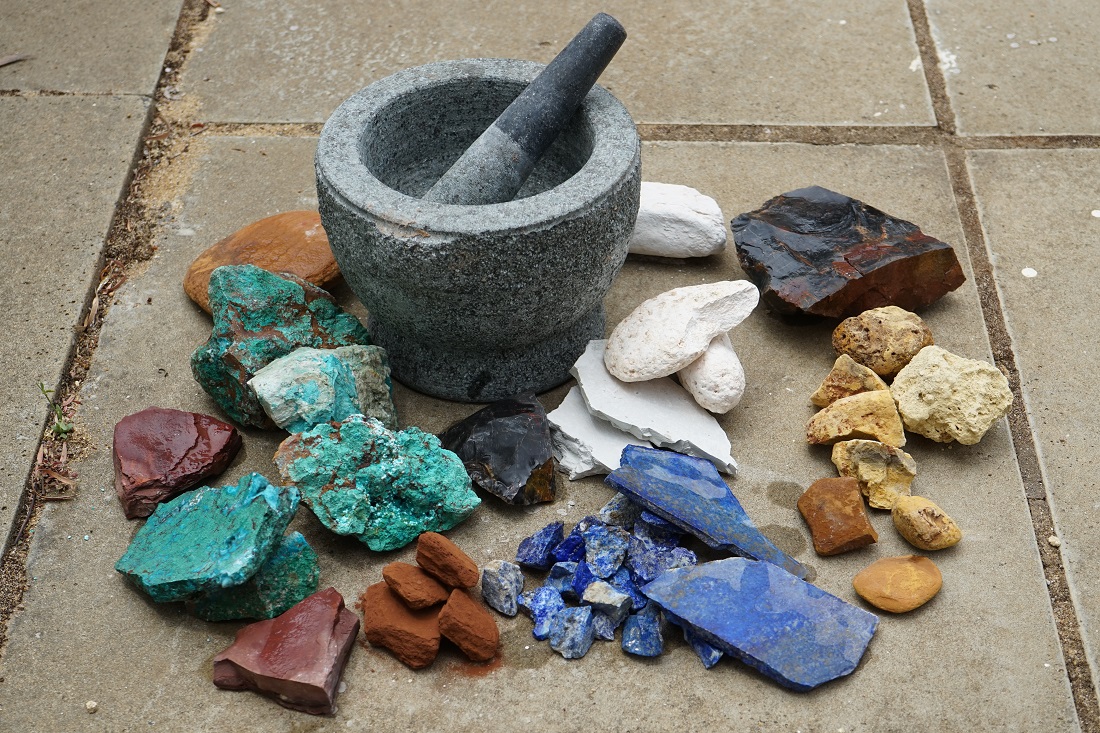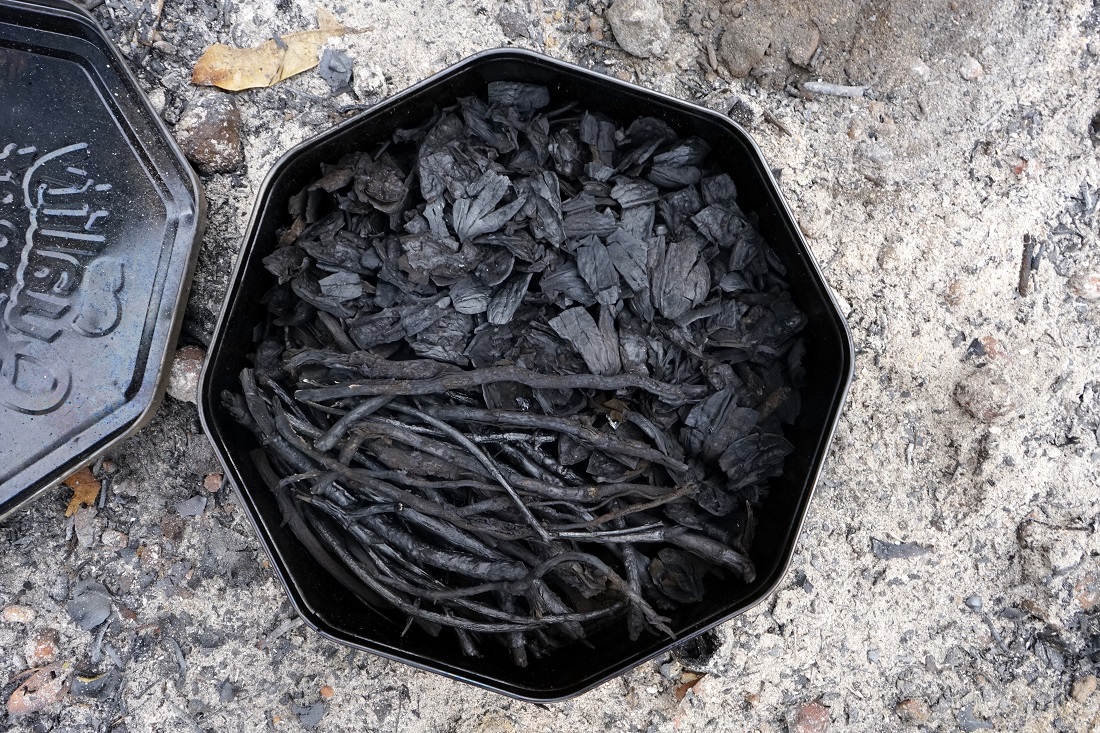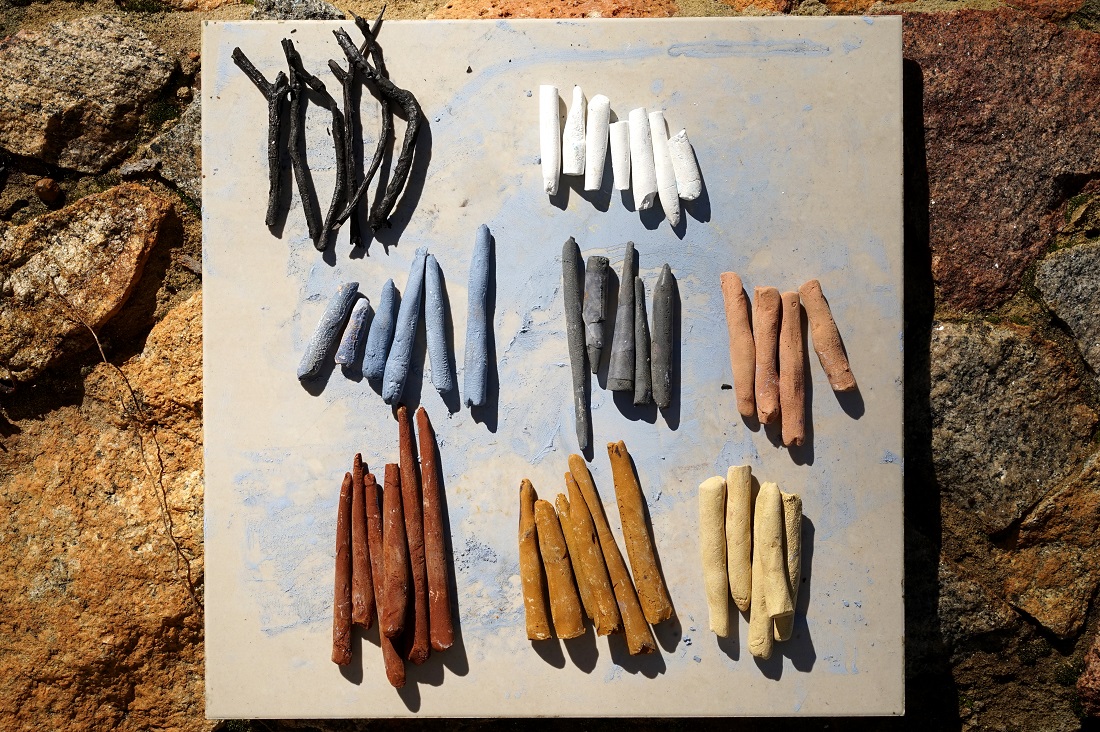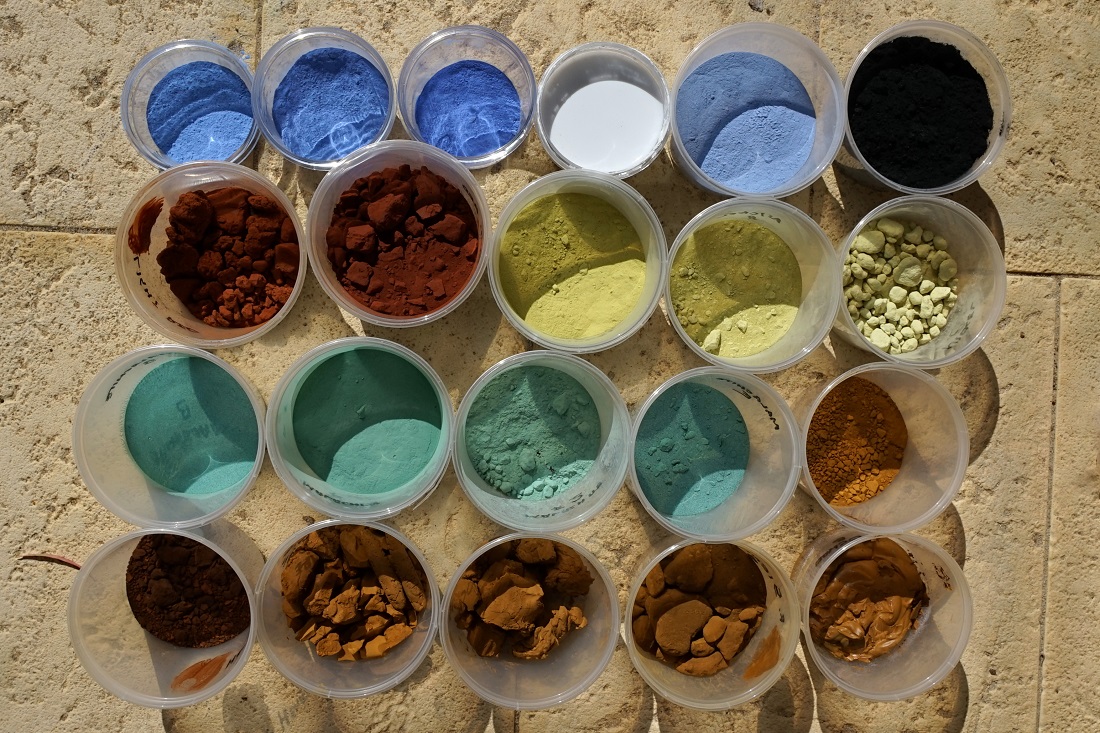Lapis lazuli has been one of the most revered pigments used by artists since medieval times. It was a pigment held in such high esteem as to be worth its weight in gold. Originally mined in Afghanistan, the lazurite (blue particle) was referred to as ‘from beyond the seas’, due to the origin of the pigment being sourced from across the ocean. Being used by the masters such as Da Vinci, Titian, and Vermeer, it was painted sparingly and only for special patrons like kings and popes. The cost was so prohibitive that when a painting was commissioned, the amount of lapis in a painting, was often stipulated in an agreement between the artist and client.
Lapis Lazuli and Pigments
The reason for the high cost of the pigment is mainly due to the labour intensive process of extracting the blue particles from the contaminating calcite and pyrites. The extraction of lazurite was developed in the 14th century using gum rosin, gum mastic, and wax. Today the gum mastic can only be purchased from the Greek island of Chios, and is thus almost as expensive as the raw lapis. These gums/wax are heated with crushed lapis lazuli to form a dough like matter.
After a few days this is kneaded in a warm solution of lye, allowing the blue pigment to solubilize in the liquid whilst the impurities remain in the gum/wax. This takes several hours, and is repeated over a couple of days whilst changing the lye solution. The amount of lapis recovered varies from 3 to 5 percent. From 1 kg of rock, about 30 to 50 grams of blue is yielded.
After the blue is extracted, further purification by levigation is required. The final stage involves grinding the particles in water with a glass muller. This gives a blue of such a subtle beauty, that it is a complete joy and experience to paint with. There is no other blue like this. Cennini, a 14th century artist stated, ‘a colour illustrious, beautiful and most perfect, beyond all other colours’.
Although the blue is an outstanding colour, it has very unusual characteristics compared to current synthetic pigments. It has a gritty feel and thereby requires a different way of painting in order to apply the paint. It has to be glazed in thin layers or applied in a forgotten renaissance technique called ‘bottegiando’. These mineral pigments are also brutal on brushes, destroying more than a dozen on each painting.
Most of these pigments can be found in Western Australia, including Malachite and Chrysocolla located near Kalgoorlie, and the iron oxides around the Pilbara. The semi precious stone lapis lazuli originated from Afghanistan, and fortunately my travels did not require me to travel that distance.
An area of discovery for me is the use of black pigment. By charcoaling walnut husks (from Manjimup) and paper bark twigs (from Marble Bar), this has enabled me to gain a greater depth to my work. Other blacks used are tourmaline and vivianite (from north of Newman). Another technique used lately is the application of dried pigment such as charcoal and pastel over the top of paint.
Rather than use my walnut oil, I have decided to use the pigments with an acrylic emulsion. I am unaware of anyone doing this, but the reason for choosing acrylic is due to a few unique properties. A feature of this medium is that paint pigments exhibit a higher key or paler tonal range upon drying. Whereas oils darken the chroma of lapis lazuli, acrylic allows the particles to vibrate with more intensity.
Image of Pastels
Top Row- Charcoaled Paper Bark Twigs (black), Magnesite (white)
2nd Row- Raw Lapis (blue), Vivianite (grey blue), Iron Oxide (pale red earth)
3rd Row- Iron Oxide (red earth), Ochre (yellow earth), Pale Ochre (yellow earth)
I feel that combined with these unique pigments, I am able to express the brightness of the Australian landscape. I do not know how more connected to the landscape my paintings could be, than by using pigments from the earth itself.
Image
Top Row-Lapis Lazuli (blue), Magnesite (white), Charcoaled Walnut Husks (black)
2nd Row- Red Iron Oxide (red earth), Garnierite Natural Nickel (lime green)
3rd Row- Malachite (green), Ochre (yellow earth)
Bottom Row-Iron Oxides (sienna and yellow earth)

